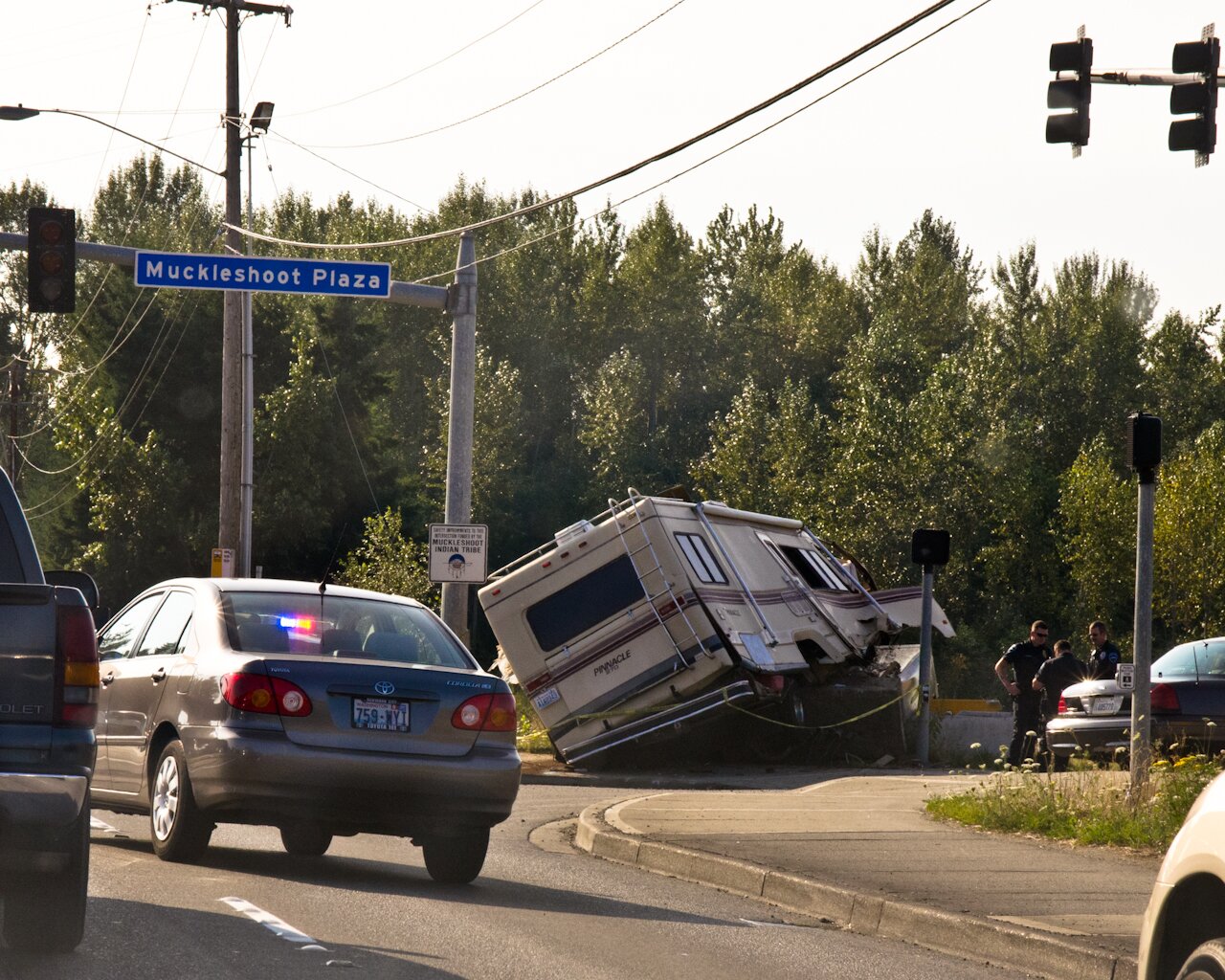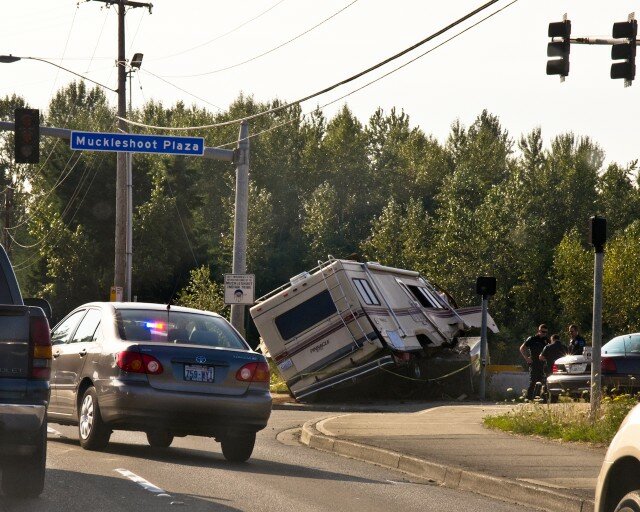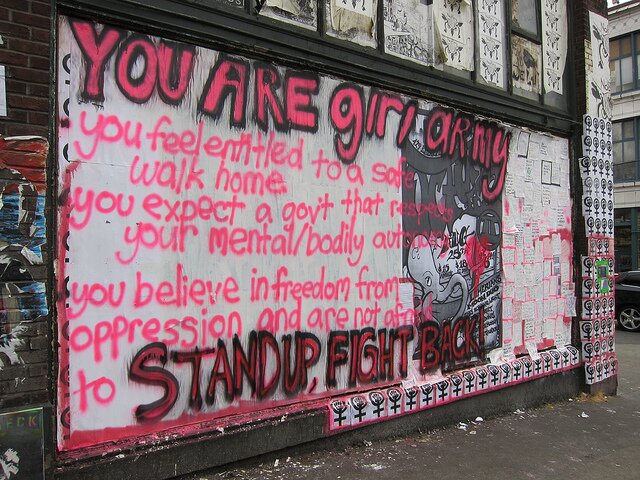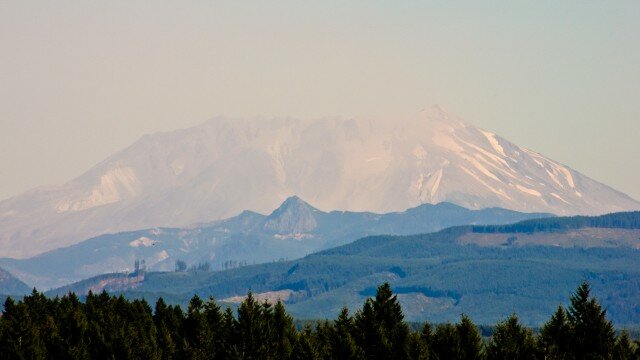The civil suit that Rachel Corrie’s parents filed in 2010 against the Israeli military reached its first conclusion this week, as Judge Oded Gershon decided Israel bore no fault for the “unreasonable” Corrie’s death.
The Los Angeles Times headline, “Israel judge rules Rachel Corrie responsible for her own death,” seems almost to caricature the finding, summoning up a mental image of Corrie coaxing a D9 Caterpillar driver into crushing her, in particular.
Corrie, an Evergreen State College student, was killed in mid-March 2003, she and other International Solidarity Movement members entered a military zone to protect the homes of Palestinians there. Nothing about that preceding description is uncontested except for Corrie’s name, the college she attended, and the date. Too much has occurred in the Israeli-Palestinian conflict, in the context of which Corrie’s fate is a small footnote, for dispassionate appraisals.
That said, Judge Gershon’s ruling, calling as it does on protesters to be “reasonable” people who prudently keep out of harm’s way, displays a peculiar obtuseness on the subject of non-violent resistance. And it remains unclear why the Israeli military, aware of the protesters’ presence, didn’t simply scoop them up before sending in the Caterpillars with their limited visibility. They would have been the people wearing bright orange vests and carrying megaphones. When tear gas didn’t move the protesters, the bulldozers moved ahead anyway.
The Nasrallah family’s home that Corrie was trying to protect from demolition was subsequently damaged, then razed. In 2008, Seattle documentarian Jen Marlowe was interviewed about her visit there:
My first trip to Rafah is imprinted on my brain. It’s among the most depressing places I’ve been to in the world, and this includes Afghanistan, and Darfur. I’d been to Jenin refugee camp just a few weeks after it was flattened in 2002. In Rafah, I remember standing not far from where Rachel was killed. The Nasrallah house was still standing then, but everything else around it was destroyed. Bulldozers were at work, pushing away the rubble of destroyed houses. There was something about the continuous, slow, grinding, steady destruction that was so depressing.
The fate of the Nasrallah family seems to fall into that of “collateral damage.” No particular association with tunneling terrorists has been laid at the feet of pharmacist Samir Nasrallah.
The ISM, naturally, has a few words for Judge Gershon: “By disregarding international law and granting Israeli war criminals impunity Judge Gershon’s verdict exemplifies the fact that Israel’s legal system cannot be trusted to administer justice according to international standards.”
Corrie’s parents plan to appeal the ruling.








